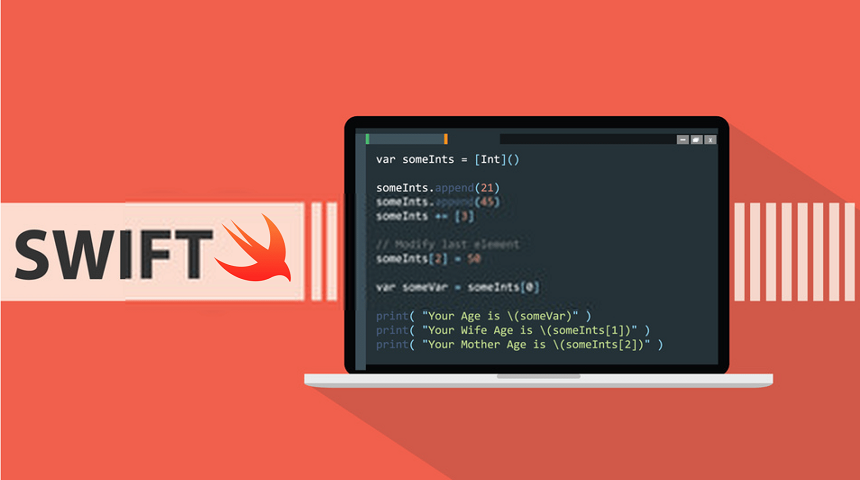
Free eBooks for Beginners
Swift is a powerful and modern programming language that is widely used for developing a variety of applications for Apple platforms. One of the most powerful features of Swift is its ability to provide advanced functions that allow developers to write clean, concise and maintainable code.
Advanced functions in Swift can be thought of as building blocks for writing efficient and scalable code. They allow you to write code that can handle complex operations with ease, making your code much more readable and maintainable. In this article, we’ll take a look at some of the most commonly used advanced functions in Swift and how they can help you write better code.
- Map: The map function is a higher-order function that takes an array of values as input and returns a new array with the result of applying a given function to each element in the original array. This function is extremely useful for transforming data structures in a concise and readable manner.
- Filter: The filter function takes an array as input and returns a new array that only contains the elements that match a specified condition. This function is very useful when you want to extract specific elements from an array based on certain criteria.
- Reduce: The reduce function is a higher-order function that takes an array of values as input and returns a single value by combining all of the elements in the array using a specified function. This function is extremely useful for aggregating data and calculating values based on the contents of an array.
- Chaining Functions: Swift allows you to chain multiple functions together, making it easy to perform complex operations in a concise and readable manner. This is particularly useful when working with data structures such as arrays or dictionaries, as you can easily apply multiple transformations to the data in a single line of code.
- Higher-Order Functions: Higher-order functions are functions that take other functions as input and return a new function as output. This allows you to create reusable and composable functions that can be used in multiple places throughout your code.
In conclusion, advanced functions are a critical component of Swift programming and are essential for writing efficient and scalable code. Whether you are a beginner or an experienced developer, understanding these functions will help you write better, more maintainable code. So, make sure to invest time in learning about advanced functions in Swift and how they can be used to simplify and improve your code.
Cookbook – SWIFT for Beginners – Chapter 48: Swift Advance functions
 Loading...
Loading...
Disclaimer: The information and code presented within this recipe/tutorial is only for educational and coaching purposes for beginners and developers. Anyone can practice and apply the recipe/tutorial presented here, but the reader is taking full responsibility for his/her actions. The author (content curator) of this recipe (code / program) has made every effort to ensure the accuracy of the information was correct at time of publication. The author (content curator) does not assume and hereby disclaims any liability to any party for any loss, damage, or disruption caused by errors or omissions, whether such errors or omissions result from accident, negligence, or any other cause. The information presented here could also be found in public knowledge domains.